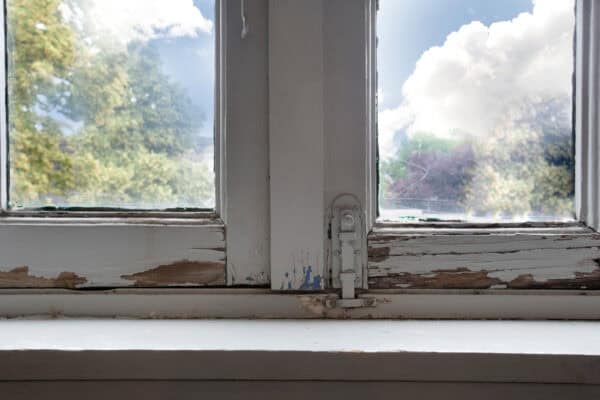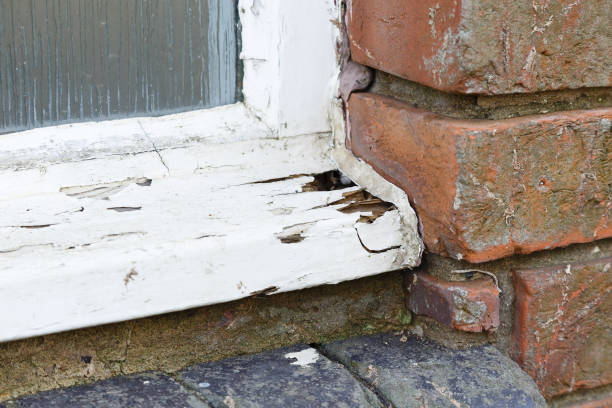If you’ve ever struggled to open a sticky window or felt a cold draft in the winter, there’s a good chance the window sash is to blame. But what exactly is a sash, and why does it matter?
Most homeowners don’t think about their windows—until something stops working. And often, the root of the problem lies right here.
So, What Is a Window Sash?
In simple terms, the sash is the part of the window that holds the glass. It’s the section that moves when you open or close the window—and it fits inside the main window frame.
Depending on your window type, the sash can behave differently:
-
In double-hung windows, both the top and bottom sashes slide up and down.
-
In single-hung windows, only the bottom sash moves.
-
In casement windows, the sash is hinged and swings open like a door.
-
In sliders, the sash glides left or right within the frame.
So when we talk about sash repair, we’re talking about fixing the part of the window you actually interact with.
Why Does It Matter?
Because when the sash stops working properly, the whole window becomes a problem. It may not open, won’t close tightly, or starts letting in drafts and moisture.
A working sash is responsible for:
-
Holding the glass firmly in place
-
Letting you open and close the window smoothly
-
Sealing out wind, rain, bugs, and street noise
-
Helping your home stay warm in winter and cool in summer
If the sash is warped, loose, rotten, or stuck—it can cost you money, comfort, and even safety.
What’s Inside a Sash?
A sash might look like a simple wooden or vinyl frame, but there’s more going on under the surface.
A typical sash includes:
-
Top/bottom rails and side stiles – the structural frame
-
Glass pane(s) – often double-glazed for insulation
-
Weatherstripping – to block air and moisture
-
Locks or tilt mechanisms – to hold the sash in place or allow it to pivot
-
Weights, cords, or springs – in older windows, to balance the sash as it moves
Each of these parts can wear out over time—and when one fails, the sash usually stops doing its job.
Where Do You Usually Find Them?
Window sashes are everywhere—but they’re especially common in:
-
Older homes, where wood sashes were built to last (and now need maintenance)
-
Classic American architecture, with double-hung windows
-
Modern vinyl windows, which still use sash-based frames inside
If your home has windows that slide, tilt, or swing open, you have sashes—whether you realize it or not.
What Can Go Wrong?
Plenty. And usually, it starts small—until one day the window won’t budge or won’t stay shut.
Some common problems include:
-
The sash won’t move — paint buildup, swollen wood, or broken hardware
-
It feels drafty — gaps between the sash and the frame
-
There’s visible damage — rot, cracked glass, or soft spots in the wood
-
The sash drops suddenly — broken cords or springs inside
These aren’t just annoyances—they can lead to water damage, higher heating bills, or even security risks.
Why You Shouldn’t Ignore Sash Trouble
A window sash in bad shape isn’t just a cosmetic issue. It can cause:
-
Water leaks, leading to mold or ruined walls
-
Energy loss, making your HVAC system work harder
-
Pest entry, as insects and air slip through tiny gaps
-
Safety concerns, especially if the window won’t stay open or locked
Catching these issues early often means a simple, affordable repair. Wait too long, and you might be looking at a full window replacement.
Final Thought: It’s a Small Part That Makes a Big Difference
You don’t need to be a window expert to know when something’s not right. And now that you know what a sash is, you can start looking at your windows with fresh eyes.
So next time a window sticks, rattles, or lets in a breeze—it might not be the whole window that needs replacing. It might just be the sash.









